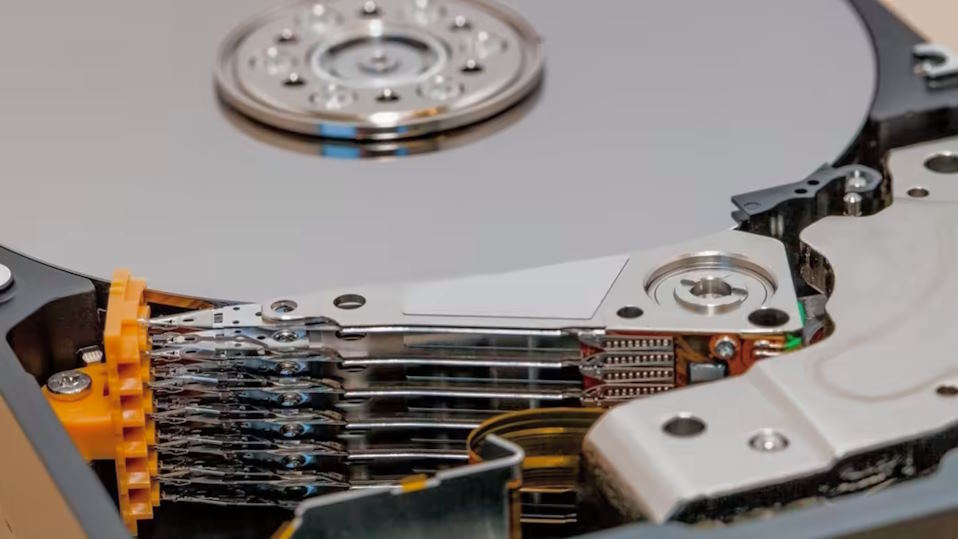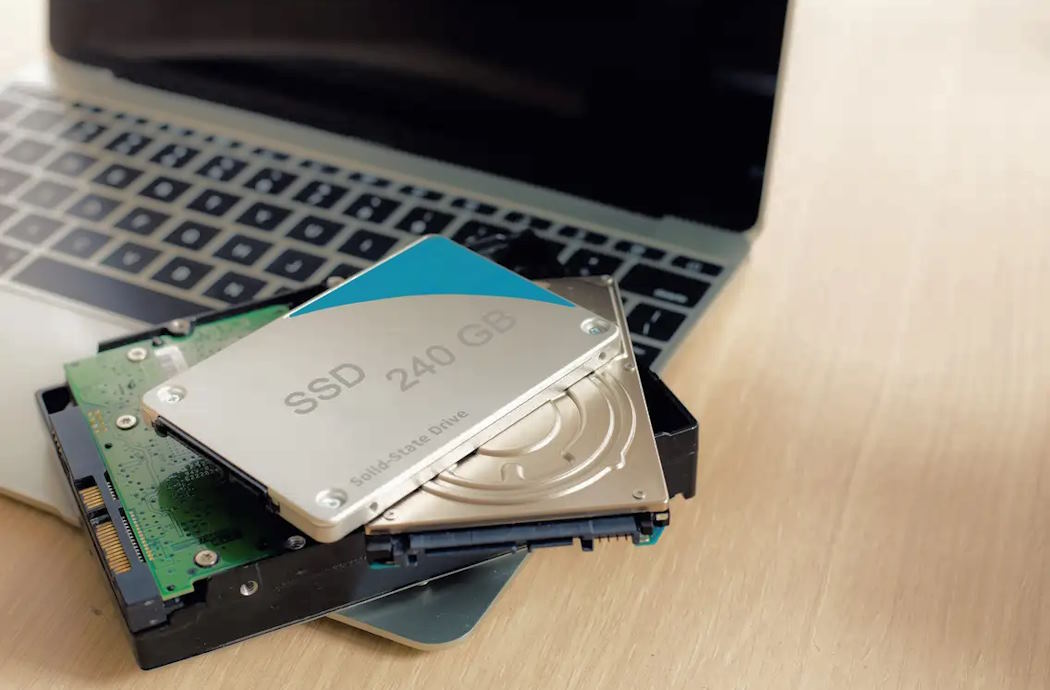In a world where digital information is generated at an unprecedented pace, the demand for storage solutions that can accommodate the burgeoning data landscape is insatiable. Hard drives, the stalwarts of data storage, play a pivotal role in meeting these escalating requirements. As storage capacity continues to evolve, so does the cost associated with acquiring the necessary space to store our digital lives.
Factors Influencing Storage Capacity
Advancements in Technology and Manufacturing:
In the realm of storage capacity, technological strides and manufacturing innovations are the driving forces behind the continuous expansion of hard drive capabilities. The relentless pursuit of higher areal density, facilitated by advancements in magnetic recording technologies, enables manufacturers to pack more data into smaller spaces. This translates to hard drives with larger storage capacities without a proportional increase in physical size. Furthermore, improvements in materials and engineering techniques contribute to enhanced durability and efficiency, ushering in a new era of high-capacity storage solutions. As the tech industry races forward, the synergy of cutting-edge technology and refined manufacturing processes continues to be a linchpin in meeting the ever-growing demands for storage space.
Impact of Research and Development on Storage Density:
The intricate dance between research and development (R&D) and storage density is a key determinant in shaping the landscape of data storage. Ongoing R&D efforts focus on pushing the boundaries of storage technologies, exploring novel materials, and refining data recording methods. Breakthroughs in R&D directly translate into higher storage densities, allowing for more data to be stored on a single drive. This relentless pursuit of innovation not only expands storage capacities but also contributes to the overall efficiency and performance of storage devices, marking a continuous evolution in the capabilities of hard drives.
Emerging Storage Technologies (e.g., SSDs, Hybrid Drives):
The emergence of alternative storage technologies, such as Solid State Drives (SSDs) and hybrid drives, has introduced a paradigm shift in the storage landscape. SSDs, characterized by their use of flash memory, offer unparalleled speed and reliability, making them a preferred choice for those prioritizing performance. Hybrid drives, combining traditional hard drive storage with a smaller SSD cache, represent a middle ground, offering a blend of capacity and speed. These innovations showcase the diversification of storage options, providing consumers with choices that cater to specific needs and preferences. As these technologies continue to mature, their impact on storage capacity and cost becomes increasingly pronounced, shaping the trajectory of the broader storage market.
Economic Considerations
Supply and Demand Dynamics in the Hard Drive Market:
The delicate balance between supply and demand plays a pivotal role in shaping the cost of hard drive. As consumer needs for storage capacity surge, manufacturers must align production with these escalating demands. Any disparity between supply and demand can significantly impact pricing, with shortages leading to higher costs and oversupply potentially resulting in price reductions. Understanding these market dynamics is crucial for both consumers and industry stakeholders, as it directly influences the availability and affordability of storage solutions.

Effects of Global Economic Factors on Hard Drive Pricing:
The hard drive market is not immune to the broader economic forces that shape our interconnected world. Global economic factors, such as currency fluctuations, trade policies, and geopolitical events, can exert considerable influence on the pricing of hard drives. Economic downturns may lead to cost-cutting measures and increased competition among manufacturers, potentially driving prices down. Conversely, economic upswings may see heightened demand and resource scarcity, contributing to higher hard drive costs. A nuanced awareness of these external factors is essential for predicting and understanding the fluctuations in hard drive pricing.
Influence of Production Costs on the Final Retail Price:
The journey from raw materials to a finished hard drive involves numerous production costs, encompassing materials, labor, and technology. Innovations in manufacturing processes can mitigate costs, but fluctuations in the prices of materials, like metals and rare-earth elements, can have cascading effects on the overall expense. As technological advancements improve production efficiency, the benefits may be passed on to consumers in the form of more affordable storage solutions. Analyzing the intricate web of production costs provides valuable insights into the factors that contribute to the final retail price, aiding consumers in making informed decisions based on economic considerations.












